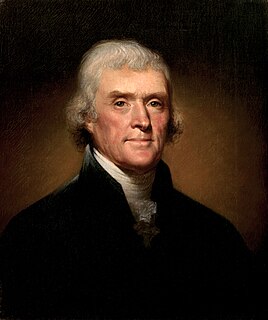 W
WThe Analectic Magazine (1813–1820) was published in Philadelphia by Moses Thomas, and later, by James Maxwell. Washington Irving served as editor 1813-1814. The magazine was described as "comprising original reviews, biography, analytical abstracts of new publications, translations from French journals, and selections from the most esteemed British reviews." Some issues contained reprinted articles from the British press, and there were extensive book reviews. "The first lithograph ever made in America is in this magazine for July 1819. It represents a woodland scene — a flowing stream and a single house upon the bank. It was made by Bass Otis." Editor Maxwell became ill in 1820 and publication ceased.
 W
WThe Creek War (1813–1814), also known as the Red Stick War and the Creek Civil War, was a regional war between opposing Creek factions, European empires and the United States, taking place largely in today's Alabama and along the Gulf Coast. The major conflicts of the war took place between state militia units and the "Red Stick" Creeks.
 W
WGeorge Washington, elected the first president in 1789, worked with the heads of the departments of State, Treasury, and War, along with an Attorney General, the group of which later became known as his cabinet. Based in New York, the new government acted quickly to rebuild the nation's financial structure. Enacting the program of Treasury Secretary Alexander Hamilton, the government assumed the Revolutionary War debts of the states and the national government, and refinanced them with new federal bonds. It paid for the program through new tariffs and taxes; the tax on whiskey led to a revolt in the west; Washington raised an army and suppressed it. The nation adopted a Bill of Rights as 10 amendments to the new constitution. Fleshing out the Constitution's specification of the judiciary as capped by a Supreme Court, the Judiciary Act of 1789 established the entire federal judiciary. The Supreme Court became important under the leadership of Chief Justice John Marshall (1801–1835), a federalist and nationalist who built a strong Supreme Court and strengthened the national government.
 W
WJeffersonian democracy, named after its advocate Thomas Jefferson, was one of two dominant political outlooks and movements in the United States from the 1790s to the 1820s. The Jeffersonians were deeply committed to American republicanism, which meant opposition to what they considered to be artificial aristocracy, opposition to corruption, and insistence on virtue, with a priority for the "yeoman farmer", "planters", and the "plain folk". They were antagonistic to the aristocratic elitism of merchants, bankers, and manufacturers, distrusted factory workers, and were on the watch for supporters of the Westminster system.
 W
WThe Market Museum (1804-1822) of Boston, Massachusetts, was located in Market Square, adjacent to Faneuil Hall. Phillip Woods directed the enterprise. Also called the Boston Museum, it featured displays of "wax figures, pictures, natural and fanciful curiosities -- such as have not been exhibited in this town before" and was "opened for the inspection of the public every day, from 9 o'clock in the morning until 9 in the evening."
 W
WThe Marshall Court refers to the Supreme Court of the United States from 1801 to 1835, when John Marshall served as the fourth Chief Justice of the United States. Marshall served as Chief Justice until his death, at which point Roger Taney took office. The Marshall Court played a major role in increasing the power of the judicial branch, as well as the power of the national government.
 W
WThe presidency of James Monroe began on March 4, 1817, when James Monroe was inaugurated as President of the United States, and ended on March 4, 1825. Monroe, the fifth United States president, took office after winning the 1816 presidential election by an overwhelming margin over Federalist Rufus King. This election was the last in which the Federalists fielded a presidential candidate, and Monroe was unopposed in the 1820 presidential election. A member of the Democratic-Republican Party, Monroe was succeeded by Secretary of State John Quincy Adams.
 W
WThis section of the Timeline of United States history concerns events from 1790 to 1819.